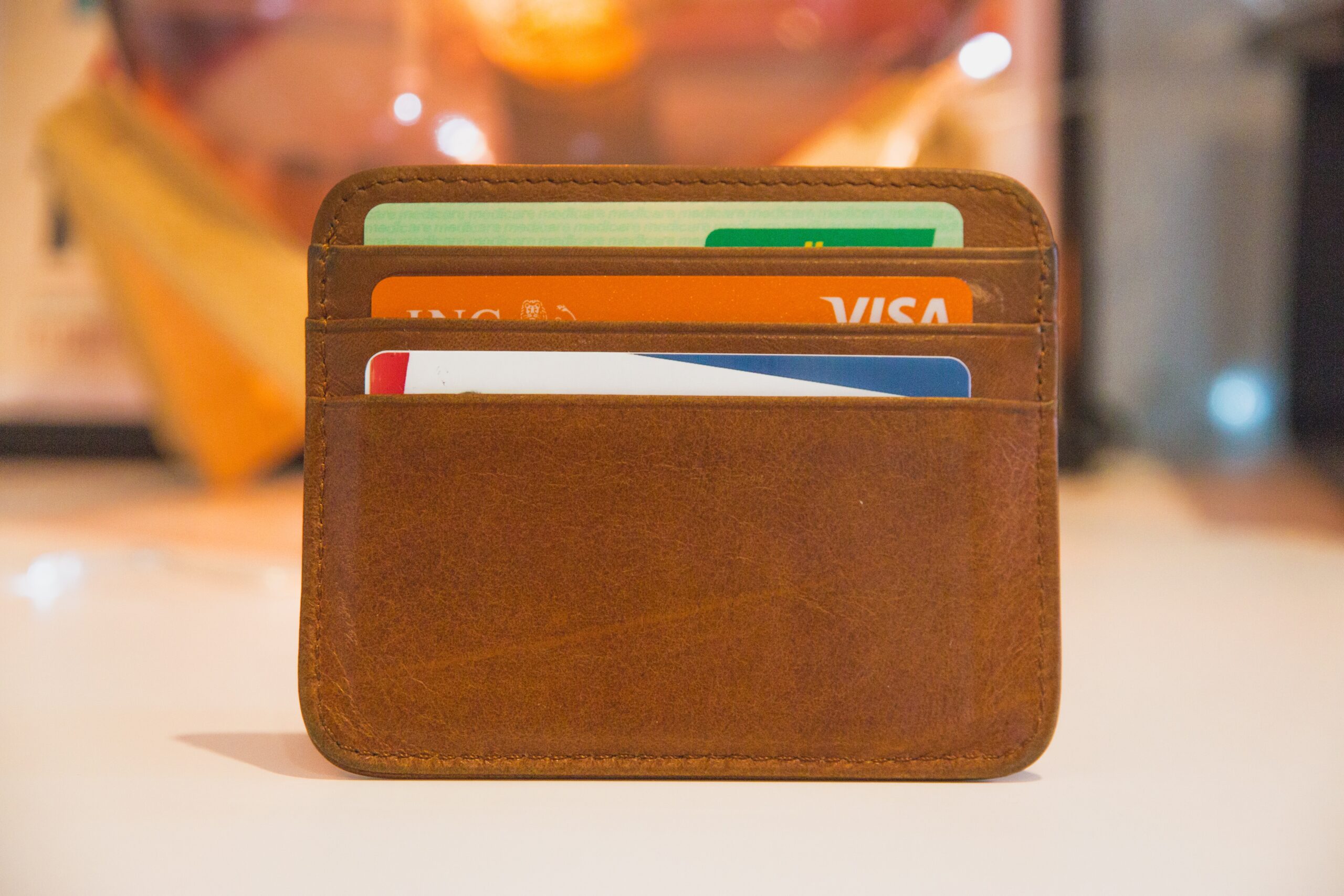
Personal Finance 101: Where To Begin

When I first started on my financial freedom journey, I had no idea where to begin and what to do first. I did lots of research but the majority of it didn’t suit my situation. As a full time student, my income and savings goals weren’t the norm.
Knowing what to save for and where to keep this money is often the hardest part of any financial journey. In this post, I will break down step by step the basics for any financial journey.
None of this is financial advise. It is simply tips from my own experience and research.
#1 Emergency Fund
The most common first step in most people’s personal finance journey is to save an emergency fund. An emergency fund is typically 3-6 months worth of expenses set aside in an easy access savings account, only to be used in real emergencies (e.g. being made redundant).
As a student, my monthly expenses vary depending on the month. Further, I don’t have to worry about loosing my income because my living costs are paid for by my student maintenance loan, which is stable. Further, I don’t have a car so I didn’t need to factor in car breakdowns or maintenance.
Therefore, it was difficult to decide what amount I needed to save for an emergency fund. In the end, I decided on £3k which will allow for 3 months at £1000 or 6 months at £500. If you are also a student in the UK, with a maintenance loan, I would suggest you need a minimum £1000 emergency fund.
Where should I keep my emergency fund?
You should keep your emergency fund in an easy access savings account that comes with a decent interest rate. Unfortunately interest rates at the minute are rock bottom – we’re talking 0.01%, which is practically pointless!
A great alternative would be to keep your emergency fund in premium bonds. Premium Bonds are where you loan money to the UK government and in return you get entered into a monthly prize draw, where you can earn anything from £25-£1million tax free. This is a great option because your money is fully accessible at all times and you have the chance to win big. Average winnings equate to around 1.4% which is much better than the current market rates for savings accounts. The only downside is you’re not guaranteed to win at all, which may mean your money loosing value due to inflation.
#2 Tackle Any Debt
Do you have any high-interest consumer debt? Often this is the next thing you need to put your focus on. By high-interest I mean anything over 8%, this rate means it makes sense to pay this down or off completely, as the interest you will be incurring will often be more than you could make using this money for other things (e.g. investing).
RELATED READING: 7 Easy Way to Begin Investing
#3 Know What Your Goals Are
Saving money becomes much more achievable when set specific savings goals, both for the short term and long term. Short term goals are things such as travel, whereas long term can encompass so many different timelines from buying a house to retirement.
Figuring out your savings goals can be difficult – especially the big long term ones! I found it much easier to decide what my goals were when I understood what I actually valued in life. Society tells you that you should buy a house, but deep down I always knew that this wasn’t a priority of mine. Once I accepted that I didn’t want to save for a house deposit rather I was more interested in reaching financial independence, my saving strategy changed.
Start by figuring out what you truly want and value in life and then setting financial goals will become much more simple.
Once you have set your savings goals, you can look into the best place to keep your money.
Saving to buy a house?
A Lifetime ISA (LISA) could be for you! You can save up to £4,000 each tax year into a LISA and will benefit from a 25% government bonus, essentially free money. The money saved can then be used to buy a house worth up to £450,000 or becomes available to you when you turn 60.
FIRE (Financial Independence Retire Early) something you want to achieve?
A Stocks & Shares ISA would be the best place to start. Each individual gets a £20,000 ISA allowance each year. Meaning you can add up to this threshold across as many different ISA’s as you want. To achieve FIRE you have to get your money working for you. A S&S ISA is the perfect place to start investing because all gains are tax free. Plus, most providers have robs-investors that do all the hard work for you!
Want to go travelling?
For savings goals where the money needs to be kept as liquid as possible (i.e. saving for a trip), you may find Regular Saver accounts currently provide the best interest rates. These types of savings accounts allow you to save between £25-£250 each month, usually for a year. Similarly, a Cash ISA may be worth looking in too. Alternatively, Premium Bonds are a great option and come with the chance to win £1 million tax free!
Hopefully, you found this first instalment of Personal Finance 101 helpful! Stay tuned for more similar content!






One Comment
Pingback: